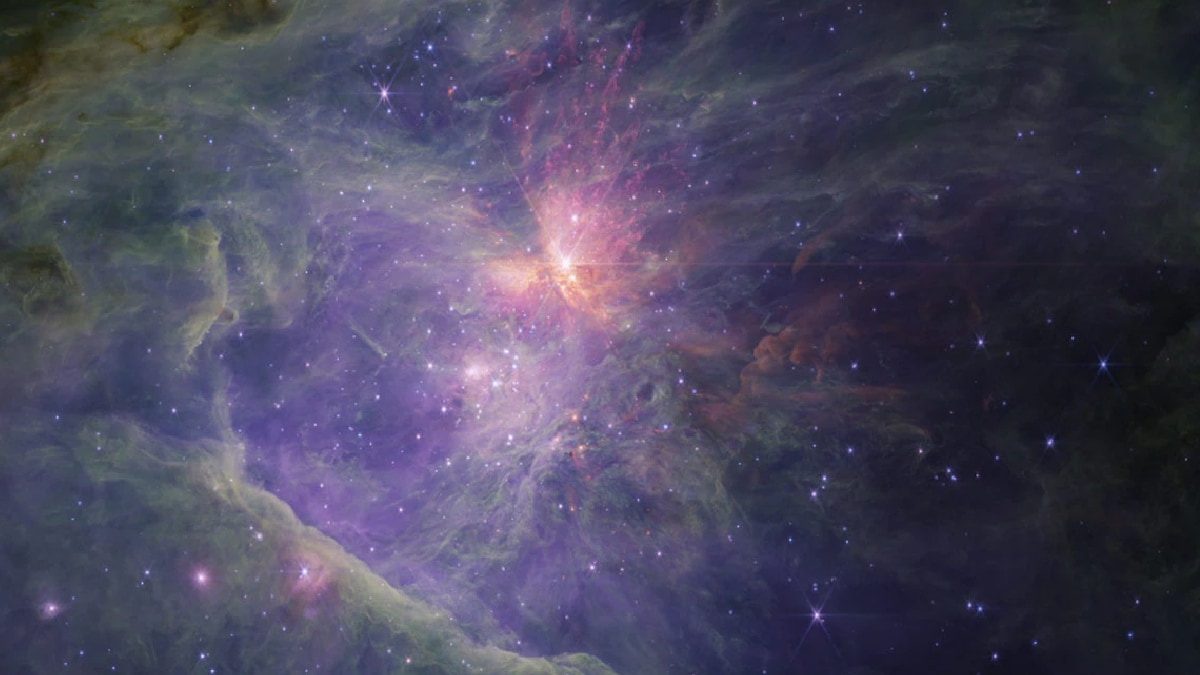James Web Telescope identified about 40 such couples while surveying Orion Nebula. NDTV’s Report According to, these objections are very small to become a star. Also, the definition of a planet is also challenging it. It is not in its star orbit. Neither do they revolve around a star. These discoveries have surprised scientists. Scientists want to understand what are these things.
The European Space Agency (ESA) has given 2 possible arguments about the formation of these objects. The first argument is that these objects developed in areas where the material present was insufficient for the construction of a star.
The second possibility is that when they became objections, they were around the stars, but the gravity of the stars drove them away from themselves. Currently, scientists have no clear answer to these objections. He himself is not able to understand why these objections are floating in space. Why do they not revolve around a star.
Talk about the James Web Space Teaccop, this space observator, built at a cost of about 10 thousand crores, was launched in the year 2021. It started its work in space since July last year and since then, this telescope has given many new information to scientists.
